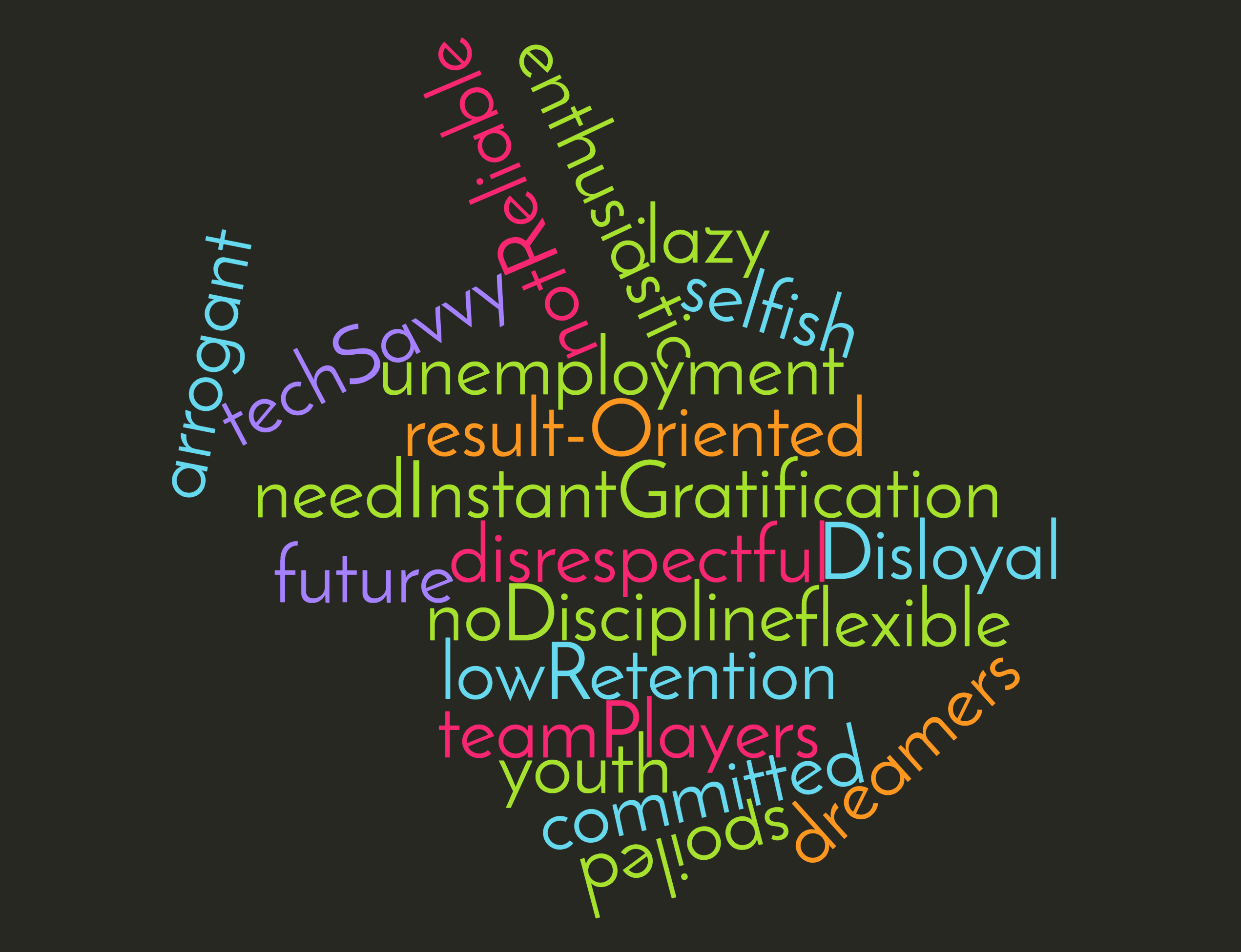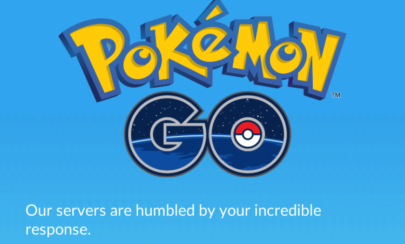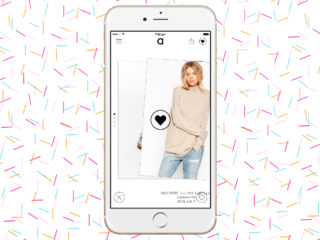Make Products that Pay
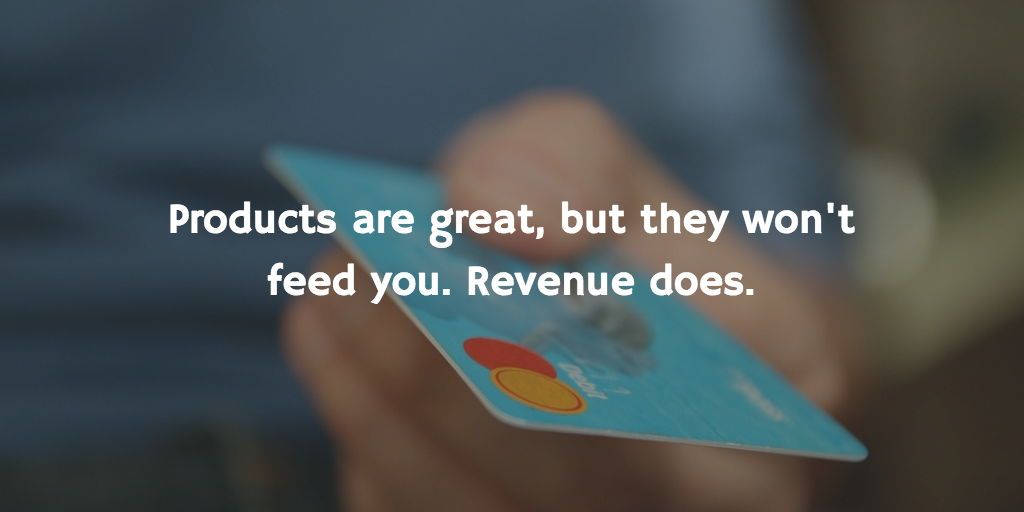
Someone once said, “Love is great, but you can’t eat love. You have to have money to eat.” A product is no different. Products are great, but they won’t feed you. Revenue does.
Revenue is a bottom line for any company. You may be a startup company or an agency building an internal app in between contracts. It doesn’t matter whether you have one or ten products. Turn that hobby pet project into a self-sustaining business. Even if you don’t intend to make it big, make it pay off.
At Oursky, we’re passionate about code and products. Our first instinct is to make a tool if we can’t find it. Even though our core business is building great products for clients, we’ve also realised that it can’t hurt to share the tools we’ve built. Most of these tools are small and solve one thing we do often. Take our icon resizer for mobile developers, MakeAppIcon, as an example. We built this to save ourselves time, but it wasn’t until we released it that we realised people were willing to pay!
We’re a practical bunch, so we build tools we use. If we use them, other developers probably need them for their work, too.
Do One Thing Well
Having too many features kills new products. The smaller and more defined the problem, the better. We created Shotbot to solve one problem: uploading screenshots to iTunes. We were sick of spending hours doing something that should be automated. To be honest, we didn’t think much of the app. We made a page to see if there would be downloads, and to our surprise, there were. In retrospect, it makes sense because we were saving freelancers and tech companies hours of resizing. In other words, create a small product that solves your problem. There’s nothing to lose by taking an extra step to put it out there. Once you’ve found a good product-market fit, you can expand features to create an ecosystem that caters to your users.
Focus on the Customer
It sounds easy, but too often the customer is reduced to a number. Your first customers are not just a number: they are risk-takers and your best evangelists. They are the reason you can continue to grow. Our first users are usually the ones that give us testimonials and encouraging feedback.
Focusing on the customer is also directly related to conversion. By engaging with your early customers, you have a better sense of what attracted them to your product. We also learned more about our early users when we were doing A/B tests on our site and realised that they generally knew what the product. That, in turn, taught us to refine our landing pages and product design to suit the needs of future customers.
Design Isn’t Optional
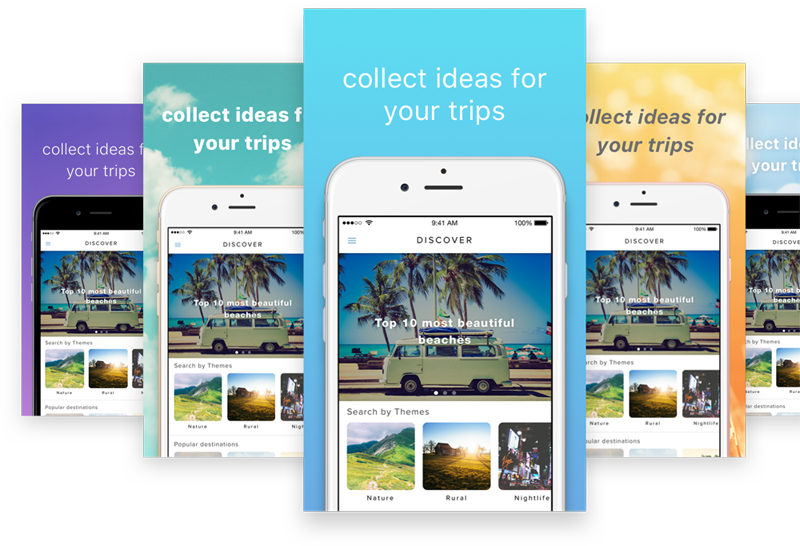
Your app’s colour scheme isn’t a detail to rip off the web – it is an integral part of your product identity (Check this colour theory post.) Design isn’t just colours. Design includes user experience, hence the term UX designer. Good design places the right features in the right places for a user to navigate seamlessly.
At Oursky, we have a handful of designers. Most of them opt to do things in-house even though they will regularly check for new templates and concepts. At Oursky, each of our clients has unique needs, and part of design is about listening and figuring out the best features to meet those needs. Since each product is tailored, some of our designers prefer to start from scratch every time. Whether you choose to use templates or customise every time is up to you; the key is to understand that design is a form of problem-solving, not just visual effects.
Spend as Much Time Selling as You Do Developing

Once you’ve created a product, you’ve just given yourself more work, not less. You’ve got a new job: salesperson. At Oursky, in addition to teams working on client products, we have a full-time sales and growth teams. Your product may be good, but you need to let people know about it. The truth is, it’s a numbers game. If you pitch well in person, you might get a 20% conversion. If you do online marketing, it’s also a sales funnel from the number of people you reach on your newsletter to a final sale.
Embrace Social Media
Make sure social media is embedded into your company. Have an online following before you have a product. For example, share the tools you’ve discovered or the projects you are working on. By the time you’ve gotten your new product, you will have an audience to listen. Engage with potential users on relevant channels such as Twitter, Instagram, Facebook, or Reddit and Slideshare as appropriate.
Borrow Liberally

With all the free tools out there today, don’t try to build things from scratch. Of course, it might look exactly the way you want if you build everything, but there’s a reason successful tech firms use tools like Heroku. Bloggers use Buffer’s Pablo for visuals, social media experts use Mailchimp, just as a few examples. What developer doesn’t use Github? Do yourself a favour and see what other tools are already available. By the way, check out our new opensource backend development kit, Skygear.
Build the Right Team
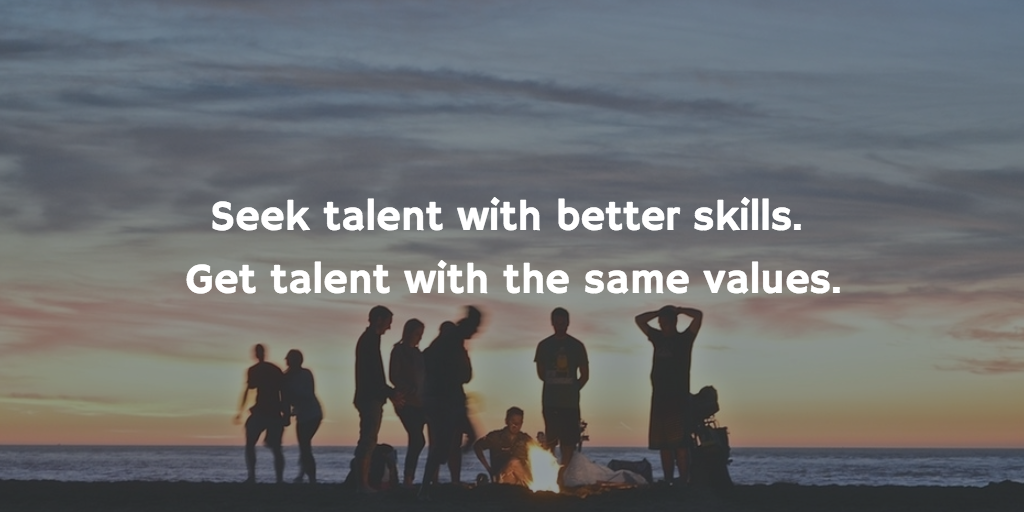
If your heart sank a little when we were talking about sales, you might want to consider bringing a sales or BD (business development) member onboard. Depending on your budget, you can tie part of their compensation to the number of sales made or contracts procured. While you and your core company founders probably started out as jacks of all trades, the best thing to do is to find people to replace you in certain roles as you go. Those ‘certain roles’ are the ones where your new team members are better than you at. Hire based on the skills you need to grow your business, such as UX-UI design or social media marketing. Put your ego aside. Bring on board people who are smarter, better and faster than you. Also, keep only the people who’s values and work ethics align with the company. In addition to skills, choose people who have the same vision, work ethics, and values as you to stick it out for the long-haul. On the flip side, don’t just rope in your friends who bring all of the energy, and none of the skills.
Be Prepared for Disappointment
Building products and being a lean small team makes you vulnerable. You will often get rejected in big and small ways. You may lose a contract to bigger teams with sleek presentations. You may get rejections on marketplace platforms when listing your product because no-one recognises your company. There are will be potential customers who don’t yet understand the value of your product. There will be people who want another design. From investors, “the product needs to be fully complete first” is a polite way to say that they don’t want to invest. In each case, a rejection is a learning opportunity. It is a good starting point to ask how you could improve in order to get the next sale.
Accelerators Are the New MBA
If you’ve developed a runaway hit, perhaps it’s time to focus on that one product. Since you’re in the tech startup world, the equivalent to a business MBA is a prestigious accelerator program. A good accelerator offers access to hands-on mentoring from experienced founders and investors. Accelerators come in many different types, but there’s bound to be one that suits your business needs. For example, if you are in tech B2B, Hong Kong’s Swire Blueprint accelerator is great at referring relevant potential clients. For hardware startups, HAX is one of the largest in the industry.
Accelerators provide a peer network, industry connections, and, of course, access to potential funders. Companies such as AirBnB, Dropbox, Heroku, Wufoo, and Reddit all came from Y-Combinator, perhaps the startup equivalent to Harvard’s MBA.
Products Don’t Always Need Funding

A lot of small teams think about investment before proof of concept. Success isn’t finding an investor. Success is defined by a proven revenue stream. The best way to start is either to have signups, users for your MVP, or better yet, actual transactions. The revenue stream is the strongest proof that your product has a market, and the investors will come. Look for investors when you’re ready to scale up and can’t do so without capital funding to bring on talent. Bootstrap until you’re ready to scale. In the meantime, make sure your savings can sustain you for at least 6 months. Also keep a line of credit available, even if you won’t use it.
When You Do Raise Money, Raise the Right Amount
Having more money isn’t always good. Over-capitalising means that you will be more focused on reaching growth targets for investors rather than developing a better product for your customers. If you don’t raise enough, you will be distracted worrying about the next fundraising cycle. Raising just the right amount of capital aligns your investor’s interests (your company’s growth) and your customers’ interests (getting a better product). The amount that you raise is only a dollar figure. The worth of your product isn’t determined by a valuation. It is determined by your customers, who continue to use you day after day and refer their friends, family, and colleagues to you.
Coming up, we will have posts to help you with design templates and user interfaces to get you started on a great product!
If you find this post interesting, subscribe to our newsletter to get notified about our future posts!

